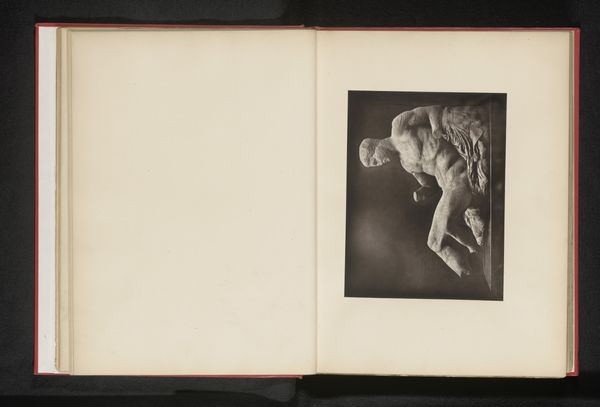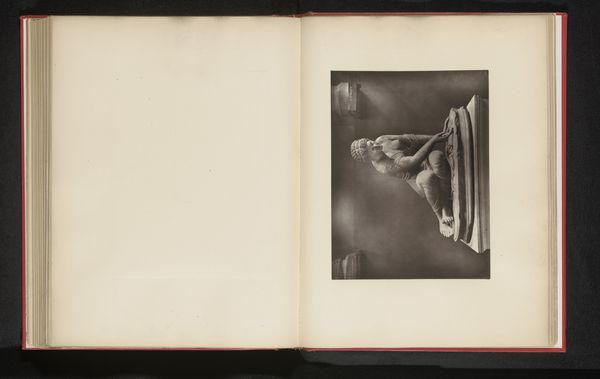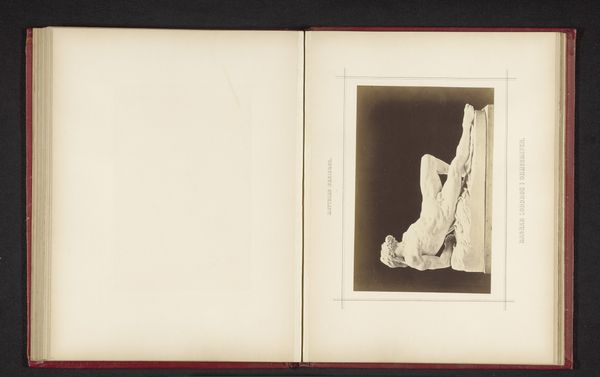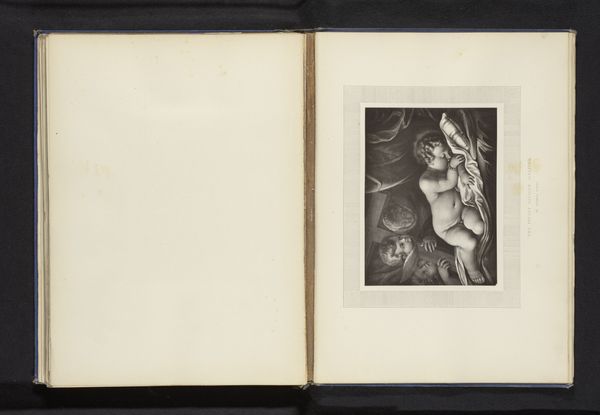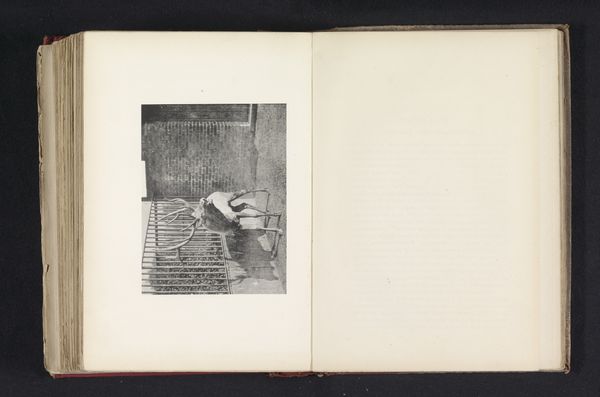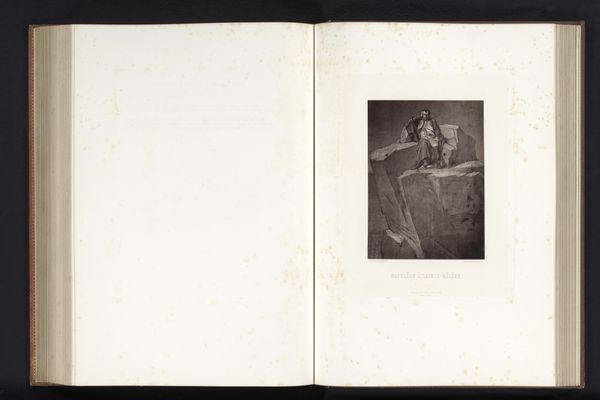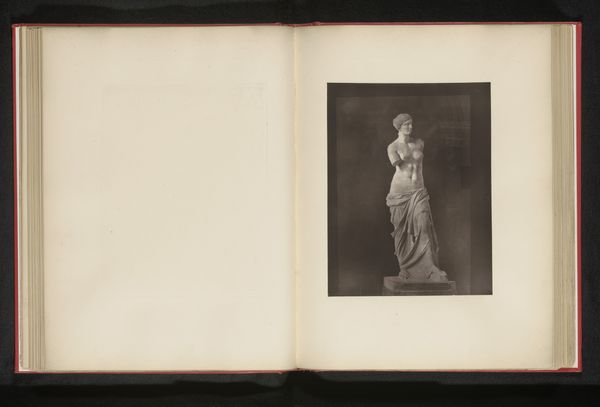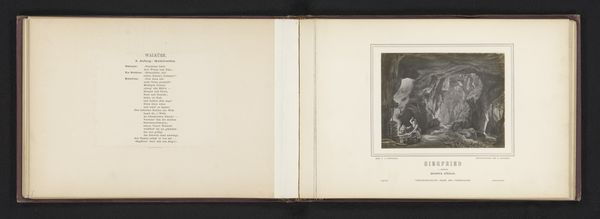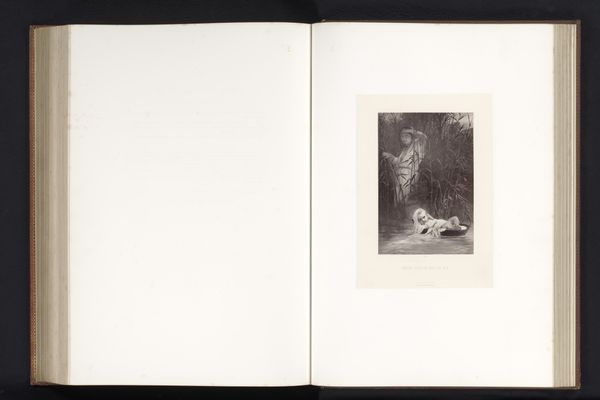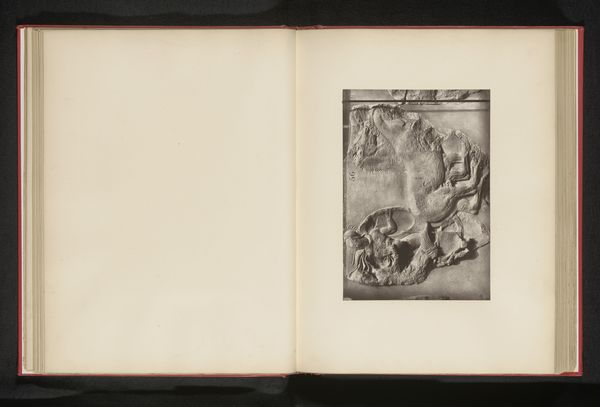
print, photography, sculpture, gelatin-silver-print, marble
# print
#
greek-and-roman-art
#
classical-realism
#
photography
#
sculpture
#
gelatin-silver-print
#
marble
#
nude
Dimensions: height 158 mm, width 207 mm
Copyright: Rijks Museum: Open Domain
Curator: This image presents us with "Sculpture of Ilissus by Phidias," documented before 1878. What strikes you upon first viewing this gelatin silver print? Editor: Its striking incompleteness—the missing limbs and eroded surface—impart a powerful sense of vulnerability. It also feels deliberately positioned, as though we are privy to a fragment specifically staged. Curator: Indeed. This photograph invites contemplation of classical ideals, doesn’t it? It presents the marble physique but detaches it from its original setting within the Parthenon's west pediment, shifting our focus to its form. Editor: Form, yes, absolutely. But it's hard to ignore that the material here is essentially being presented through *another* medium. The choice of gelatin silver print subtly alters the reading. How do we reconcile the cold precision of photographic technology with the hand-wrought skill evident in the original sculpture? Curator: It complicates the idea of authorship and originality, doesn't it? We are looking at Phidias' creation, filtered through the lens and darkroom techniques of a later photographer. The social conditions surrounding access to this artwork must be considered; originally an integral component, it is reduced, commodified as a study piece, and subsequently archived, distributed. Editor: The play of light and shadow accentuates the remaining anatomical details—the rippling musculature, the gentle curve of the torso—drawing out the classical notions of ideal human proportions. This interplay also, curiously, creates a kind of intimacy between viewer and subject, emphasizing human frailty while simultaneously preserving the stoic ideal. Curator: The deliberate fragmentation, re-presentation and careful preservation of Ilissus, via photographic means, exposes our complicated relationship to the past: holding it up to both reverence and scrutiny. Editor: And, through this reinterpretation, allowing a dialogue about materiality and aesthetics to endure across centuries. Thank you. Curator: Thank you.
Comments
No comments
Be the first to comment and join the conversation on the ultimate creative platform.
